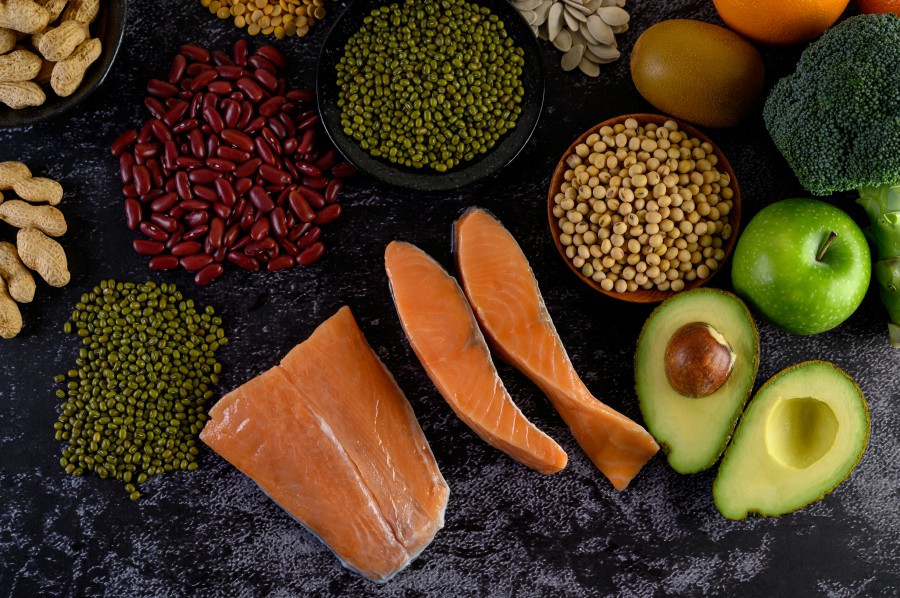Abstract
INTRODUCTION:
Omega-3 fatty acid and vitamin E or D co-supplementation may be an important approach to improve metabolic status in gestational diabetes, but the results are conflicting. This systematic review and meta-analysis was conducted to evaluate the effect of omega-3 fatty acid and vitamin co-supplementation on metabolic status in gestational diabetes.
METHODS:
PubMed, Embase and the Cochrane Central Register of Controlled Trials were searched. Randomized controlled trials (RCTs) assessing the influence of omega-3 fatty acid and vitamin co-supplementation compared with placebo on metabolic status in gestational diabetes were included. Two investigators independently searched articles, extracted data, and assessed the quality of included studies.
RESULTS:
Four RCTs were included in the meta-analysis. Compared with control interventions for gestational diabetes, omega-3 fatty acid and vitamin E or D co-supplementation was associated with significantly reduced fasting plasma glucose [mean difference (MD) -10.47, 95 % confidence interval (CI) -15.33 to -5.61, p < 0.0001], homeostasis model of assessment-insulin resistance (MD -1.6, 95 % CI=-2.44 to -0.77, p = 0.0002), malondialdehyde (MD -1.00, 95 % CI -1.05 to -0.95, p < 0.00001) and triglycerides (MD 26.22, 95 % CI -38.94 to -13.51, p < 0.0001), as well as increased antioxidant capacity (MD 173.51, 95 % CI 164.72-182.30, p < 0.00001), but showed no obvious effect on nitric oxide (MD 5.95, 95 % CI -7.48 to 19.37, p = 0.39) or total cholesterol (MD 1.63, 95 % CI -13.46 to 16.72, p = 0.83).
CONCLUSIONS:
Omega-3 fatty acid and vitamin co-supplementation may have a favourable effect on metabolic status in gestational diabetes.


